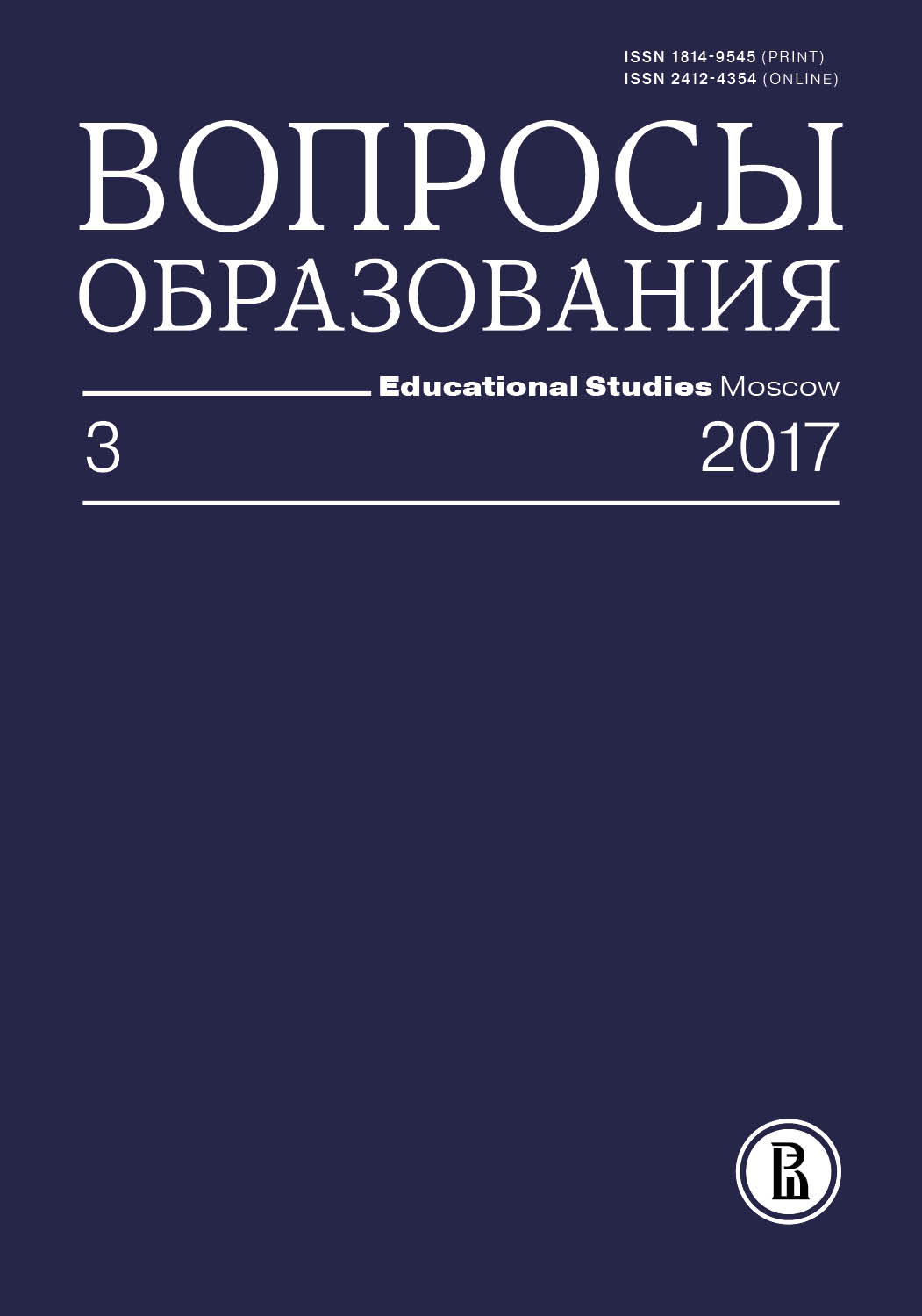Российская молодежь в системе образования: от уровня к уровню
Аннотация
На основе данных государственной статистики за 1995–2016 гг. дана характеристика динамики получения молодежью последовательных уровней образования: от основного общего до высшего. При сравнении с показателями численности соответствующих возрастных когорт анализируются хронологические изменения: численности получающих основное общее и среднее общее образование в очной форме обучения и их распределения по последующим образовательным трекам; численности поступающих в систему среднего профессионального образования, раздельно по программам подготовки квалифицированных рабочих и служащих и программам подготовки специалистов среднего звена, их распределения по формам обучения и уровням образования при приеме; численности поступающих в высшие учебные заведения по формам обучения, уровням образования при приеме раздельно на очную и заочную формы обучения. На основе данных Российского мониторинга экономического положения и здоровья населения анализируется изменение в динамике 1995, 2005 и 2015 гг. распределения молодежи в возрасте 20–24 лет и 25–29 лет по уровням достигнутого образования. Обсуждаются образовательные достижения молодежи и мобильность между образовательными треками.








